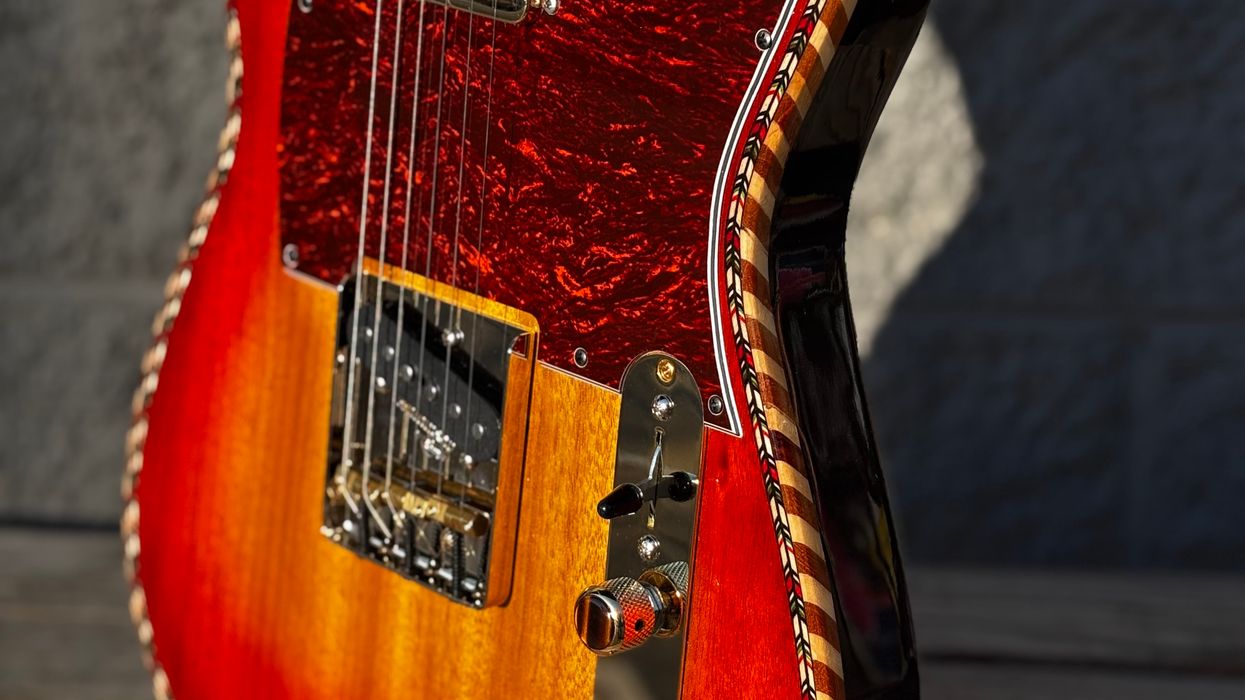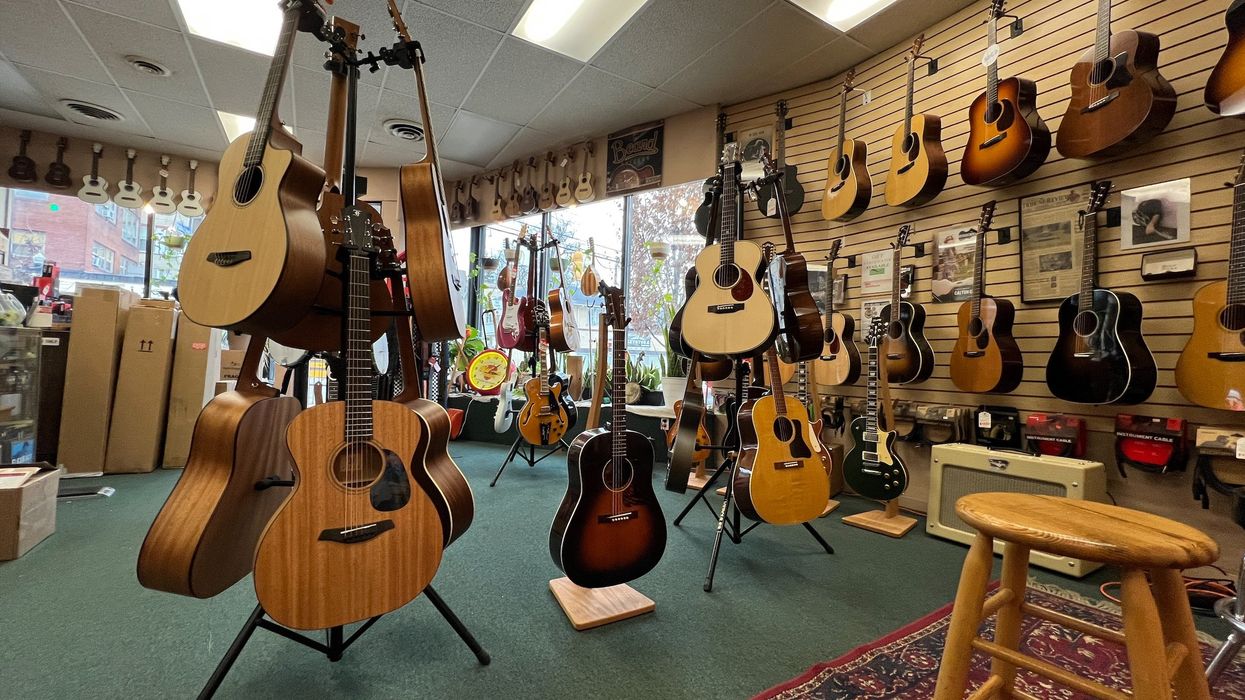While, at Martin, we primarily use dovetail neck joints on our instruments, there has been an evolution in neck-joint designs, including simple dovetail, linear dovetail, mortise and tenon, and a few other interesting variations over the years. Let’s take a look at these different neck joints and their usage.
Simple dovetail. The simple dovetail neck joint is a timeless design that consists of a dovetail-shaped projection on the neck fitting into a corresponding recess in the guitar body. This joint provides a secure connection, facilitating good tonal transfer between the neck and body.
Linear dovetail. Similar to the simple dovetail joint, the linear dovetail neck joint offers a different approach. Instead of an angled dovetail, this joint features a linear-shaped connection, providing a distinct aesthetic appeal while maintaining stability and tonal integrity.
Ice cream cone heel. Early Martin guitars featured a unique variation known as the ice cream cone heel neck joint. These necks often had a 3-piece construction, with the heel separate from the barrel. The design utilized a shorter tenon, and the neck’s heel resembled an inverted ice cream cone. C.F. Martin, Sr. learned to build guitars while apprenticing under John Stauffer, who used ice cream cone heels. C.F. was originally trained as a cabinet maker, where he learned dovetail joints. For this neck-joint evolution, he combined these skills.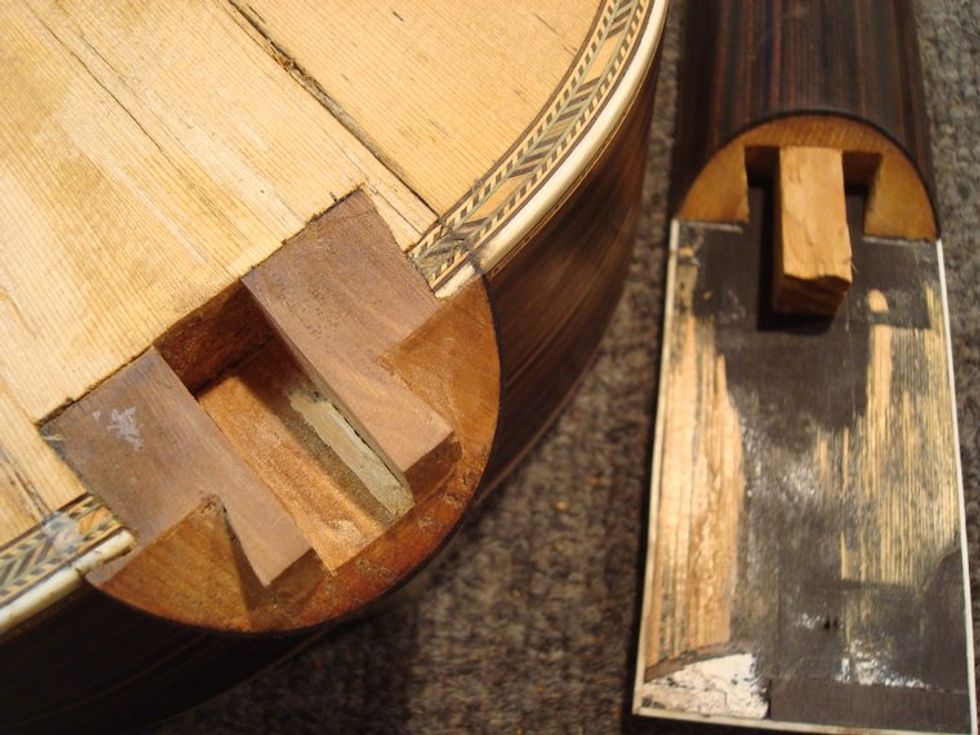
Ice cream cone neck joint
Spanish style. Early Spanish-style neck joints often featured a faux foot on the inside, but this did not affect the joint itself. The tenon in these necks was similar to modern designs, with a longer dovetail compared to ice cream cone heel necks. Initially, Spanish necks were multi-piece, with the headstock being a separate piece from the barrel and heel. Martin transitioned to 1-piece necks around 1909, but this change had no impact on the neck joint.
Traditional compound dovetail. The traditional compound dovetail neck joint is the classic neck joint most associated with acoustics. This complex joint has an angle cut into the V-shaped tenon, which tightens the neck to the body. It maximizes energy transfer from the neck to the body. Players argue the compound dovetail neck joints add a wider range of tonal presence to the instrument versus non-dovetail joints. While this joint is used by fewer and fewer acoustic makers due to its complexity, skilled labor requirements, and challenging repair process, Martin continues to utilize it in many of its U.S.-made instruments for the distinctive Martin tone.
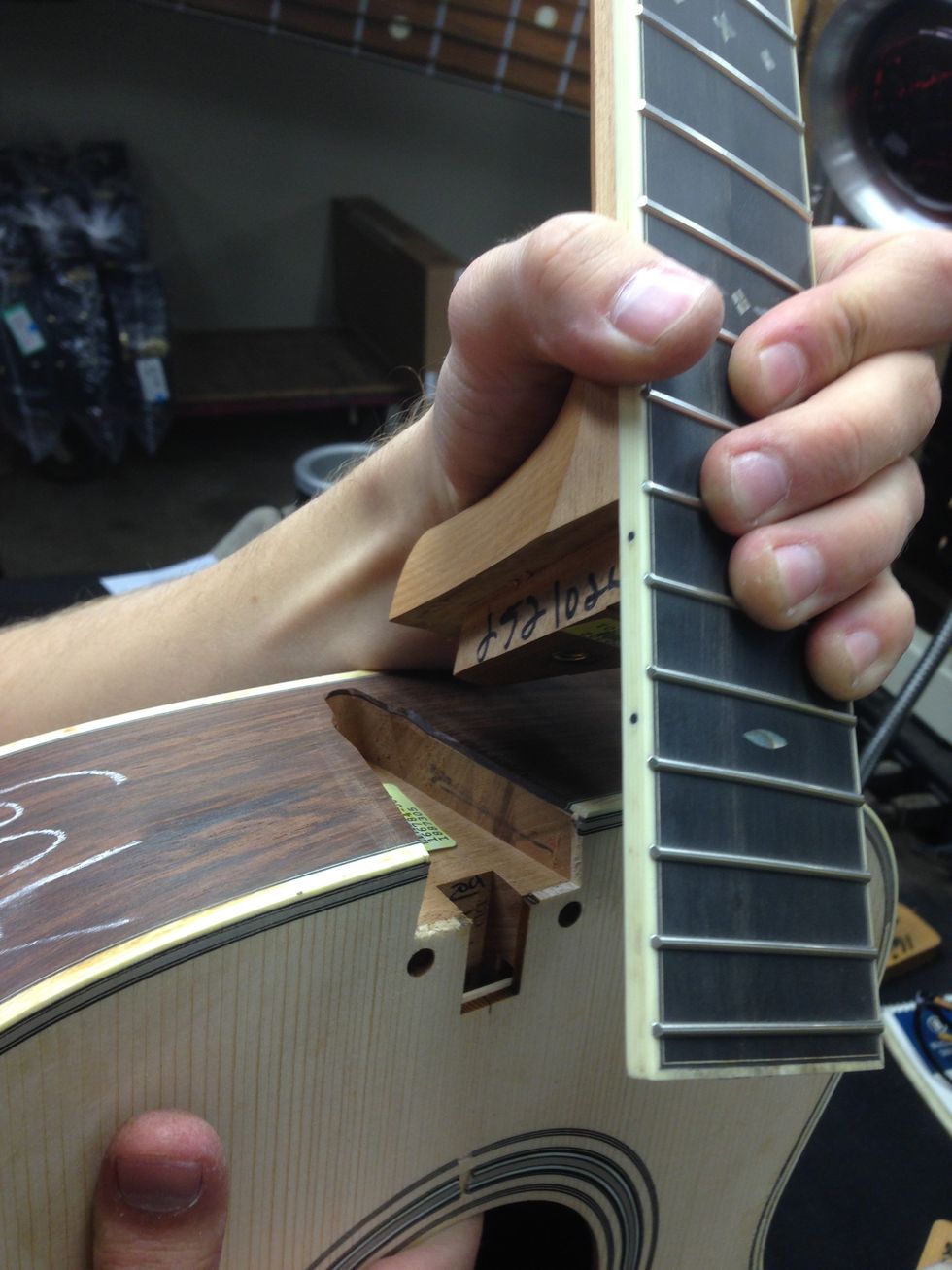
Traditional dovetail joint
Mortise and tenon. Introduced in 1993, the mortise and tenon neck joint coincided with Martin’s adoption of CNC necks. These necks featured a straight tenon that slipped together and was held in place by a bolt while the glue dried. This joint provides ease of assembly, production accuracy, and a strong connection between the neck and body.
In 2012, the simple dovetail joint replaced the mortise and tenon at Martin USA. It utilizes a non-compound dovetail joint for attaching the neck to the body, offering ease of assembly while still retaining many tonal benefits of the dovetail connection. This joint provides a significant tonal improvement over the M&T and is primarily used on the 15, 16, and 17 series models.
Neck to Body Joints
On this episode, Martin Brand Ambassador Diane Ponzio teaches us about that most important of unions, neck to body joints.
A traditional dovetail joint runs perpendicular to the top, while the linear dovetail joint is parallel to the top. In the linear dovetail joint, a floating dovetail tenon is attached by two bolts through the front block. The neck slides onto the dovetail tenon, and bolts secure the tenon tightly to the body without touching the neck. This system eliminates the need for a neck heel, allowing for a beveled front block providing enhanced access to the fretboard via the cutaway.
Advancements in technology and manufacturing techniques continue to shape the evolution of neck joints. While traditional handcrafted techniques remain cherished, modern innovations offer improved precision, efficiency, and consistency. However, the artistry and skill of the luthier will always be crucial in achieving a perfect fit between a guitar’s neck and body, ensuring exceptional playability and tonal quality for generations to come.


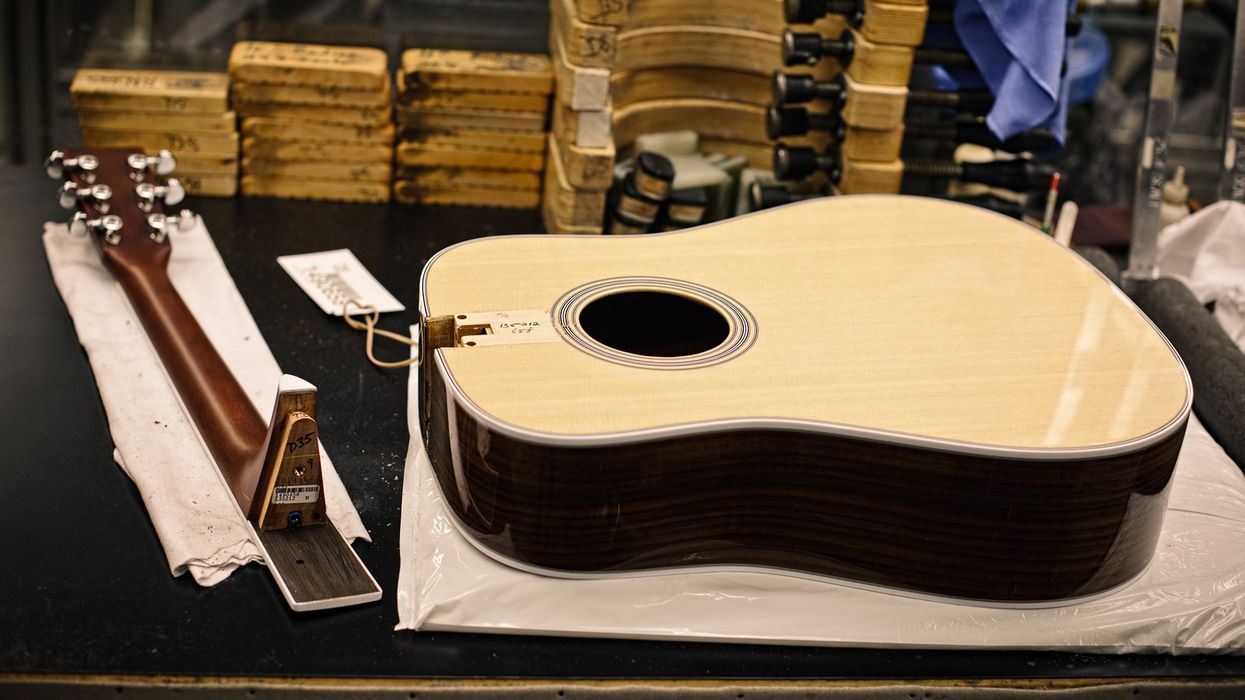









![Rig Rundown: Russian Circles’ Mike Sullivan [2025]](https://www.premierguitar.com/media-library/youtube.jpg?id=62303631&width=1245&height=700&quality=70&coordinates=0%2C0%2C0%2C0)




